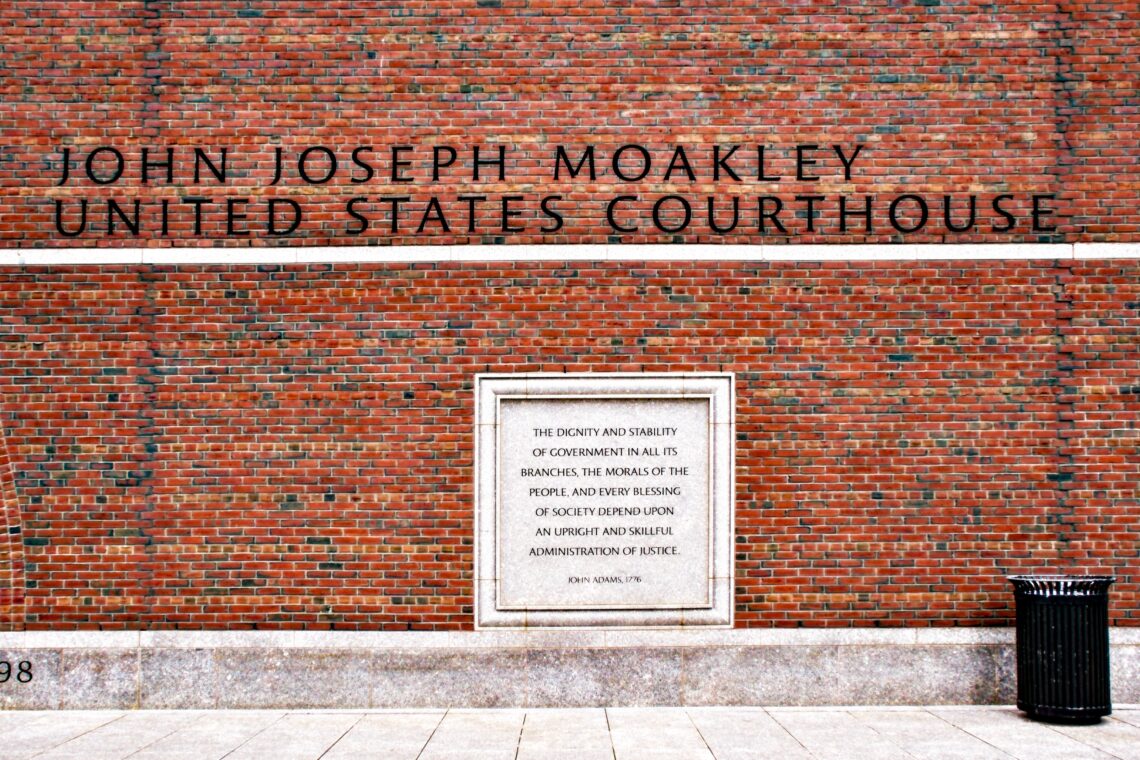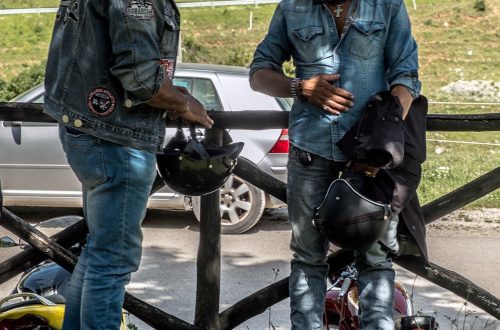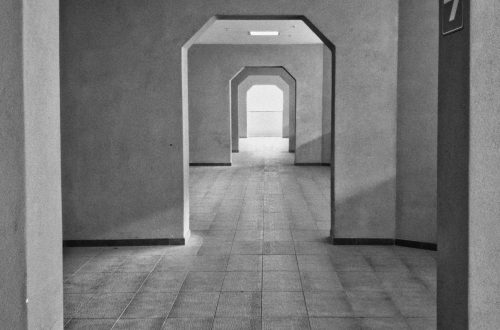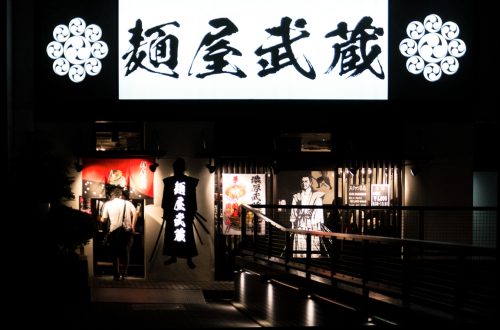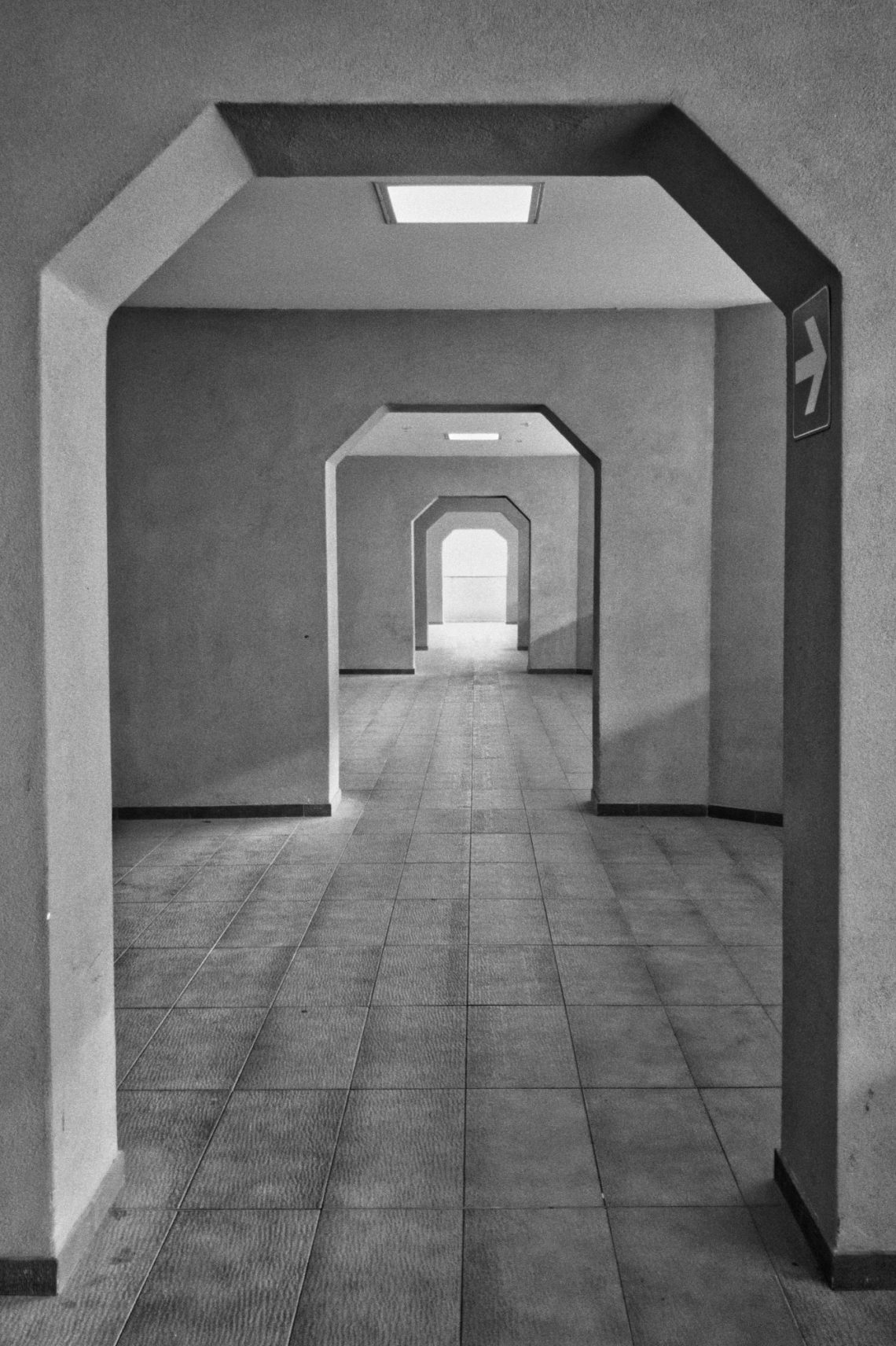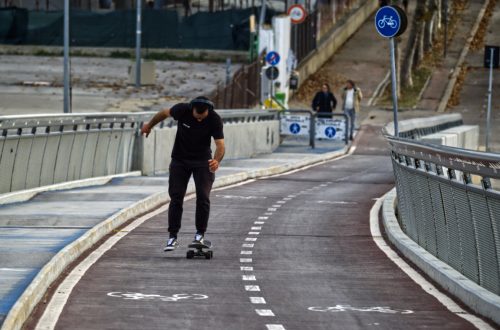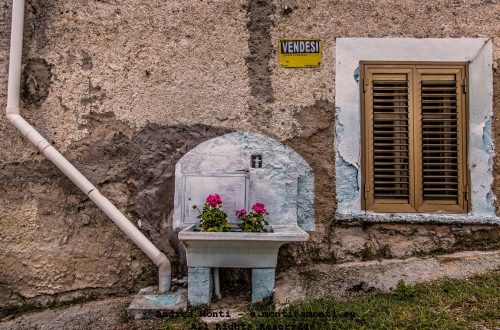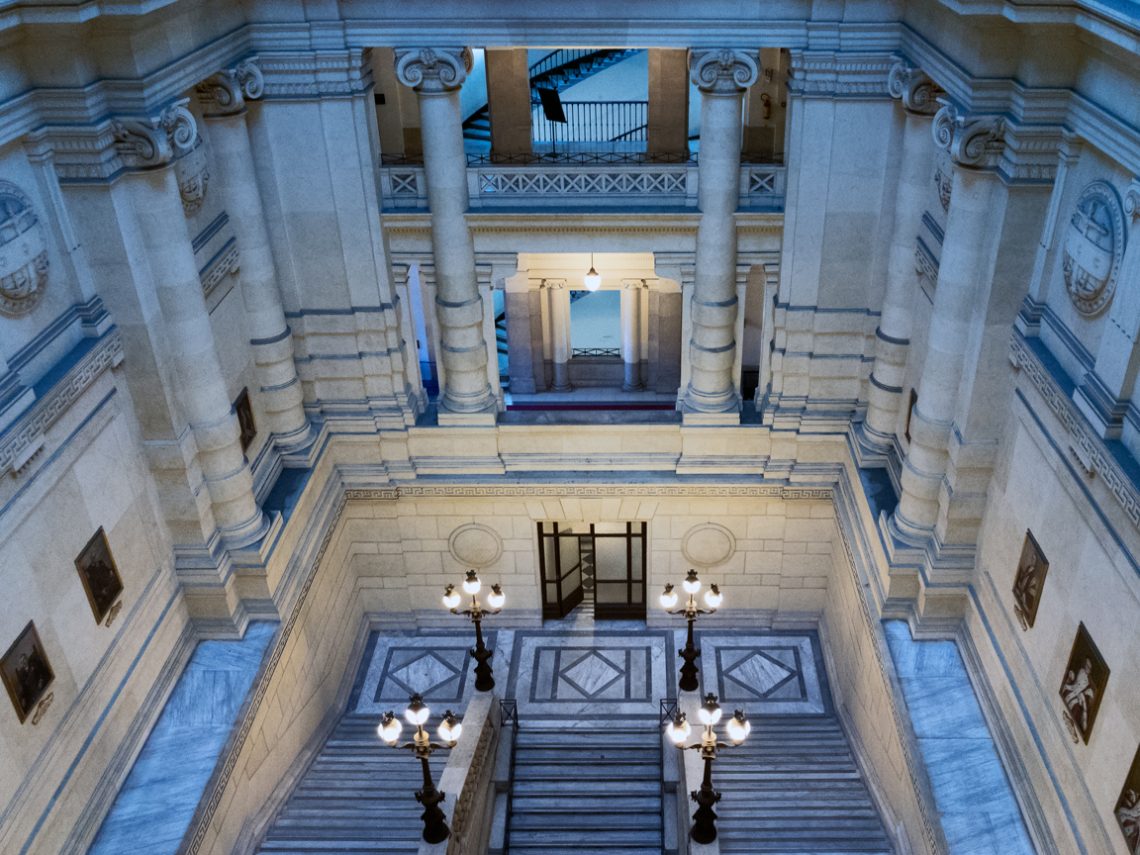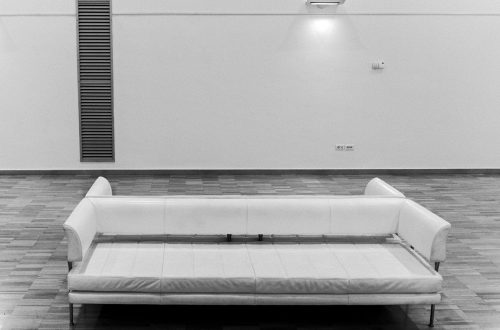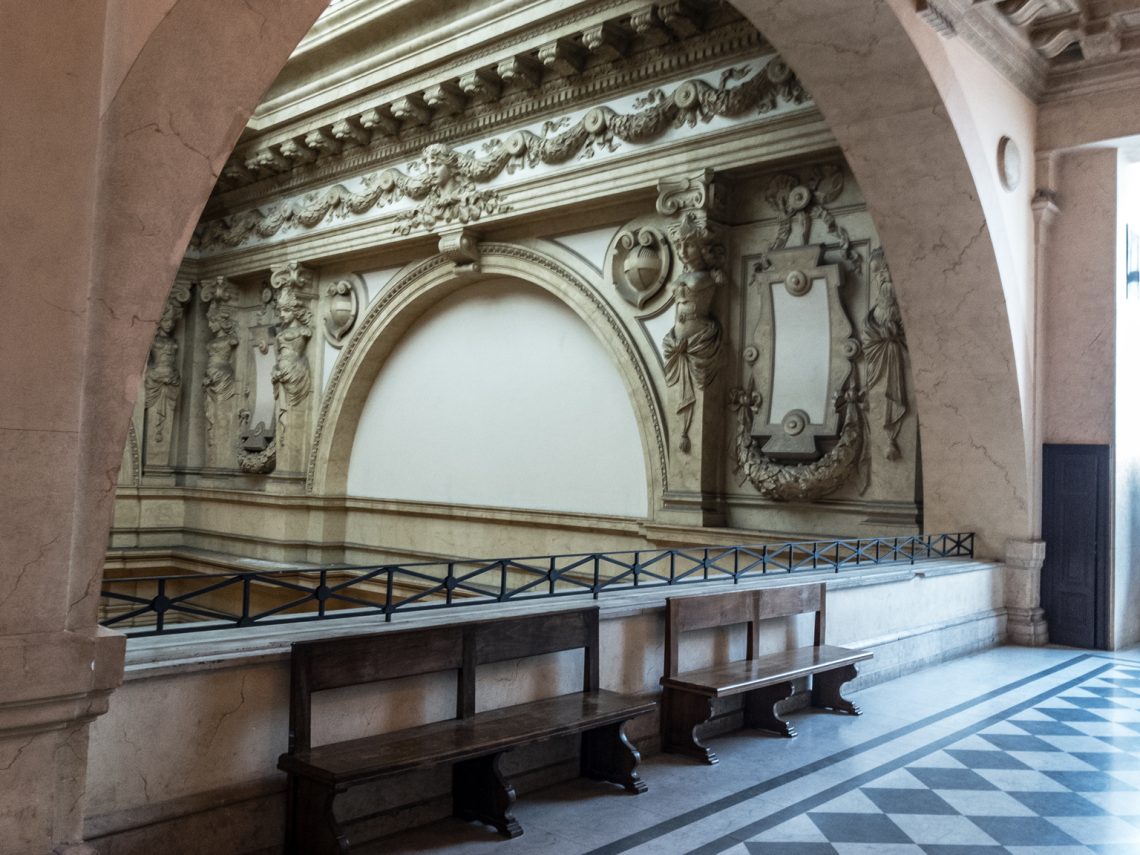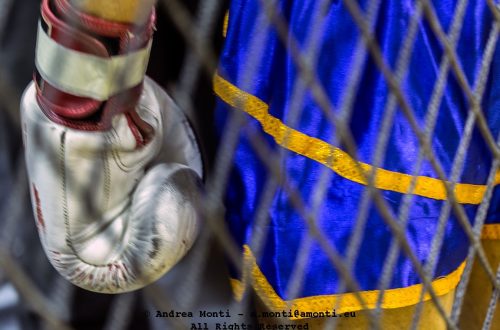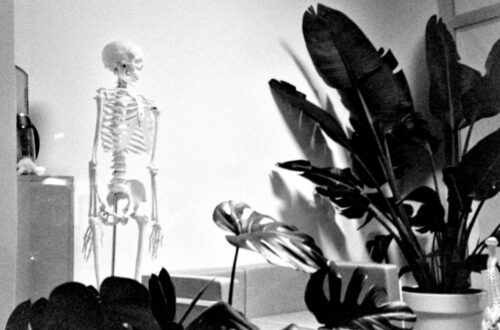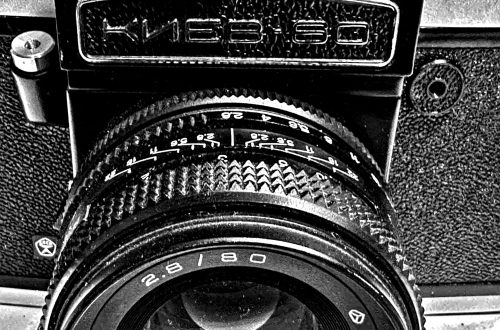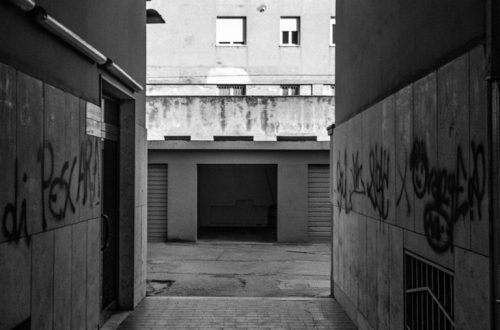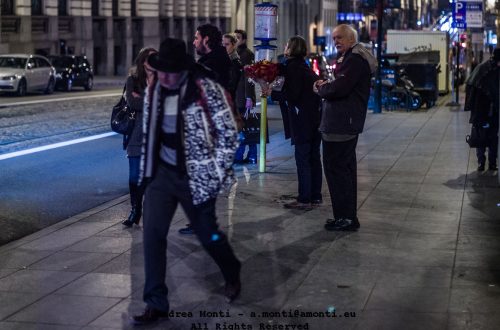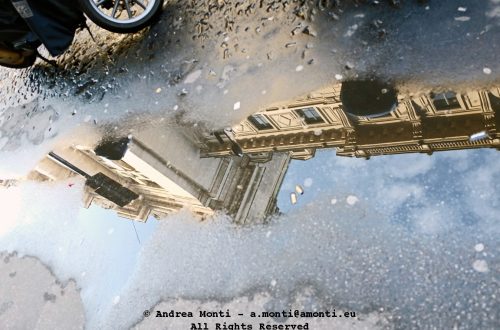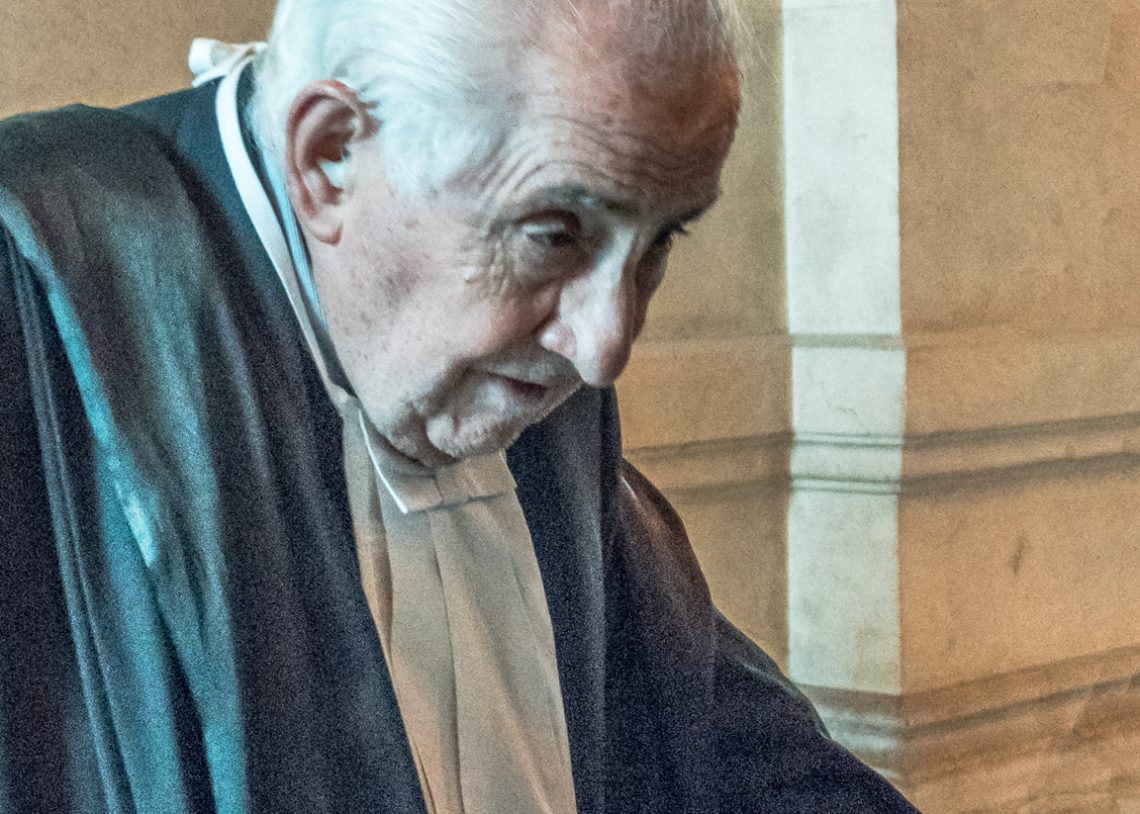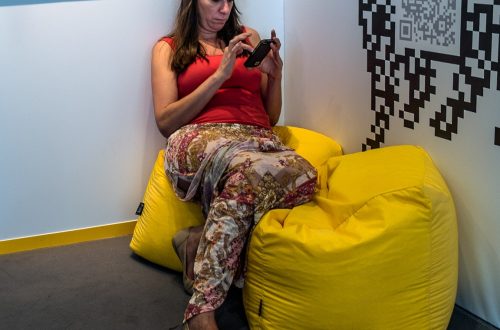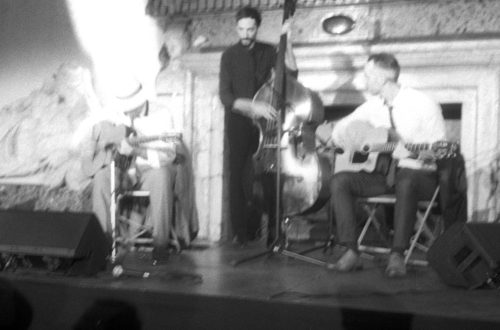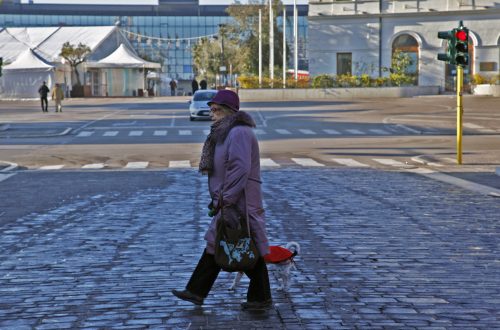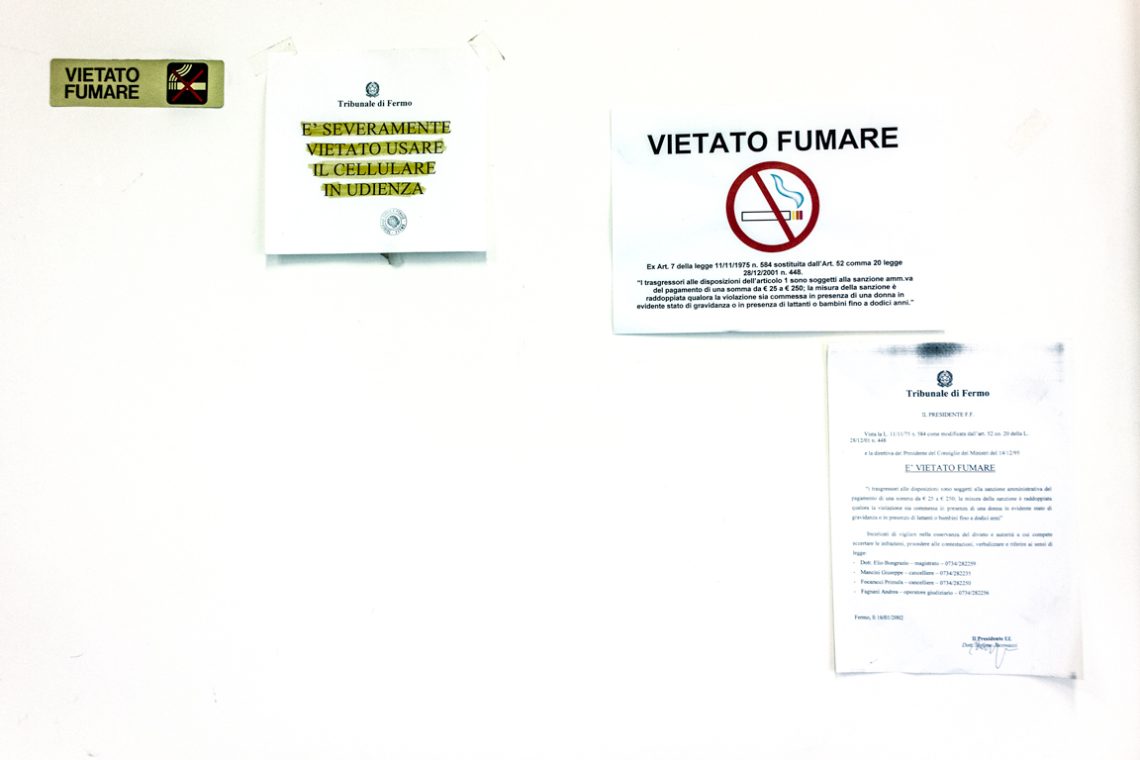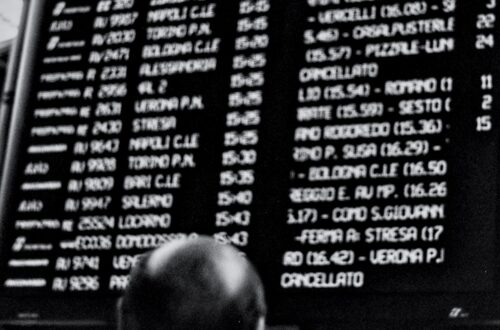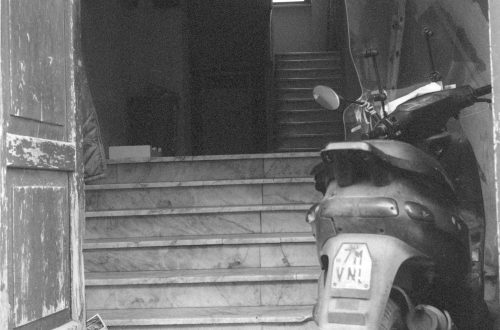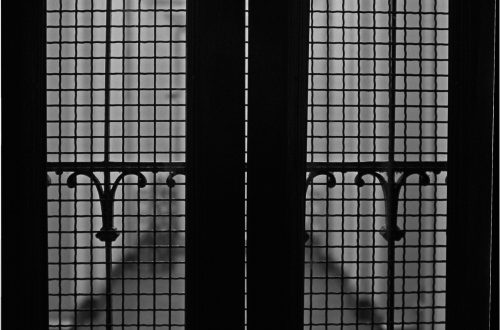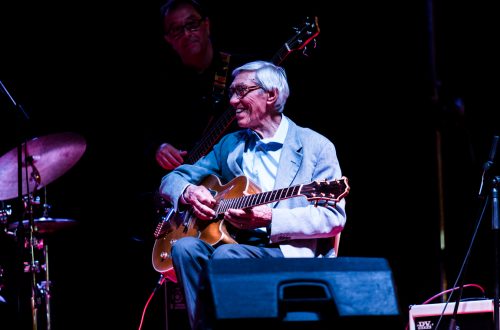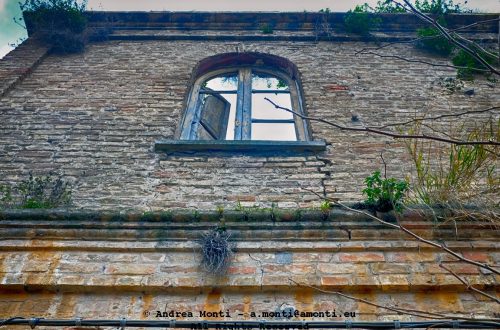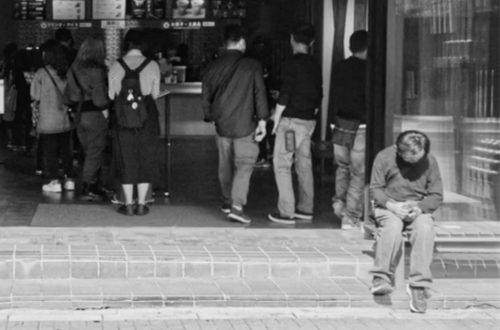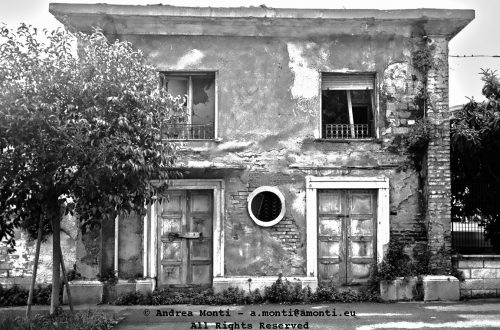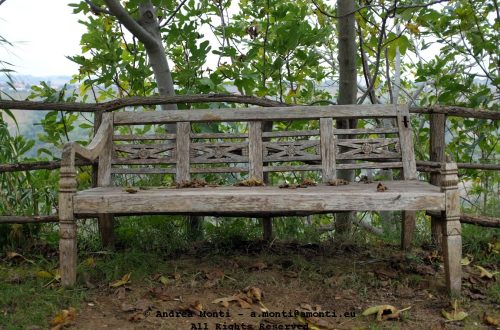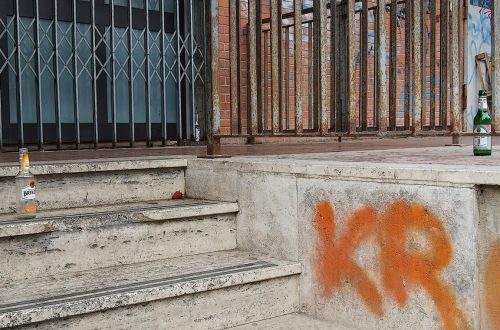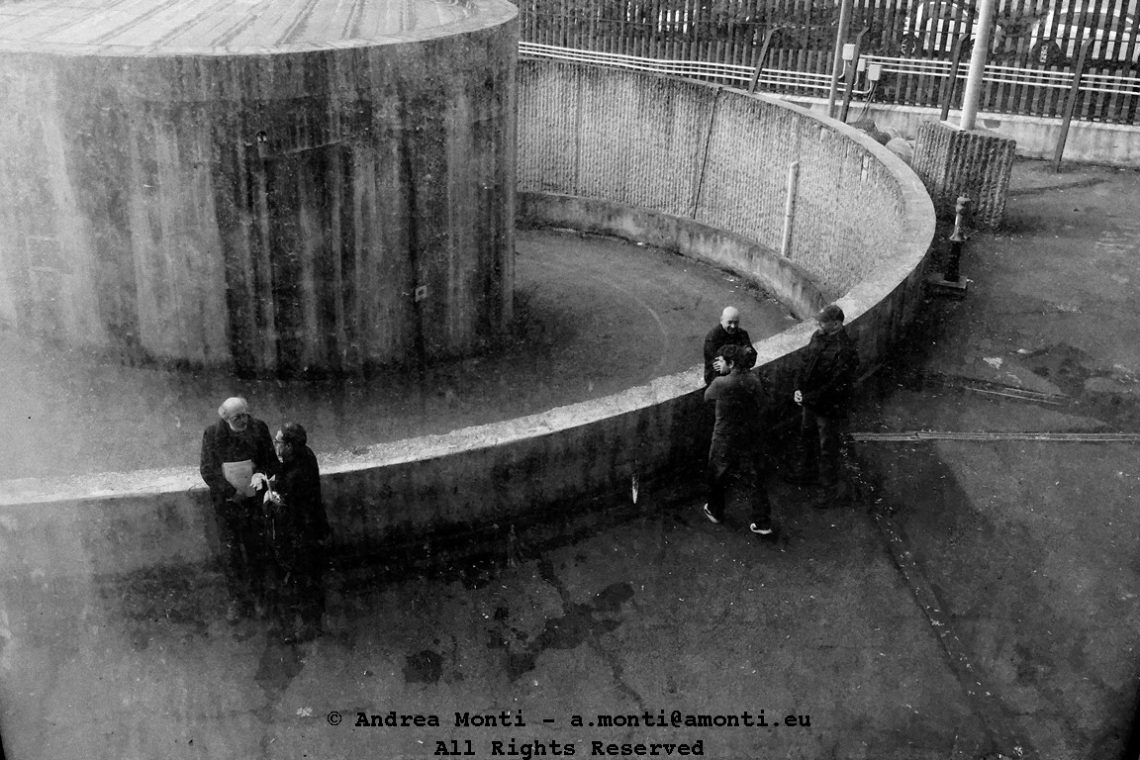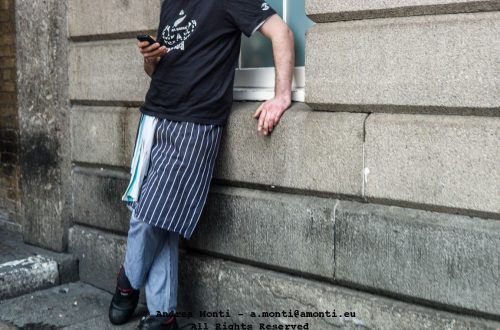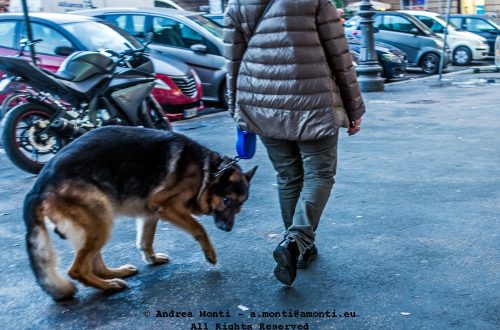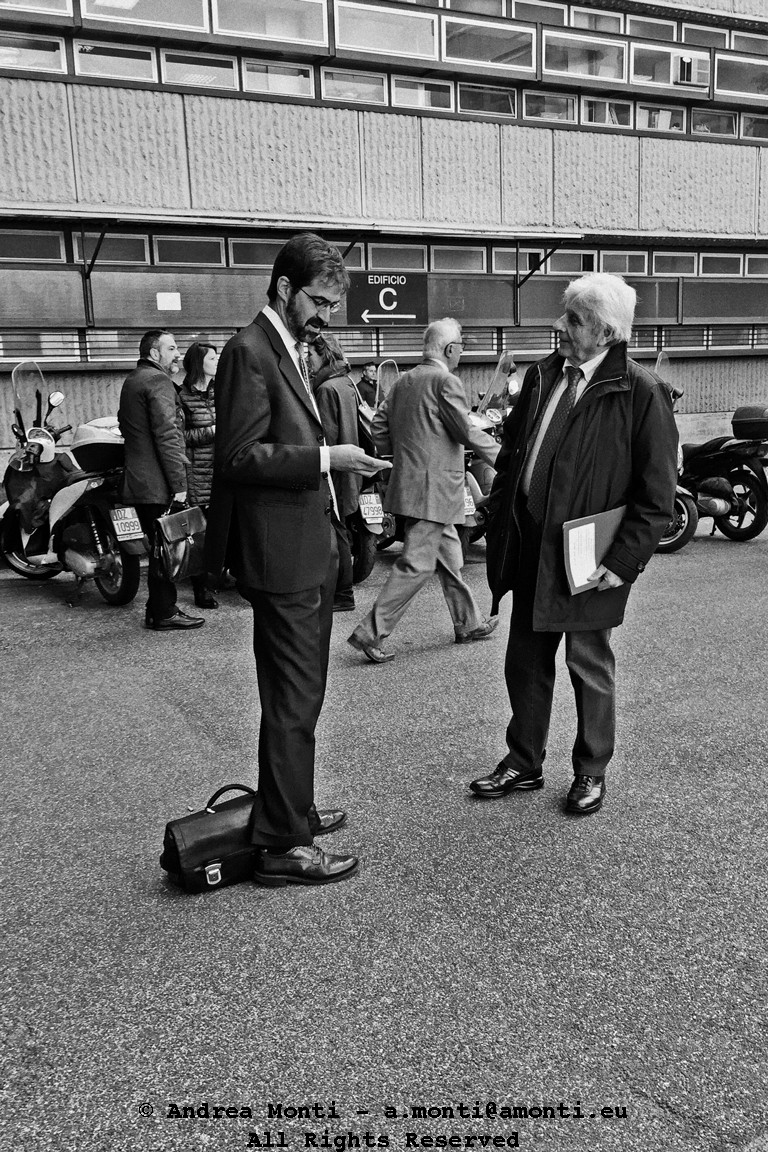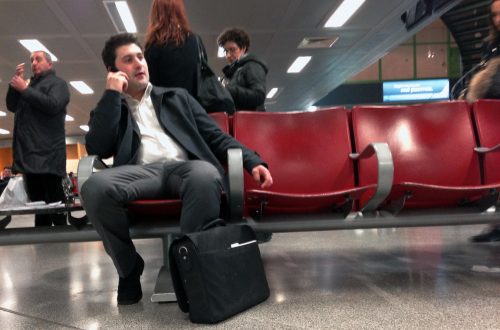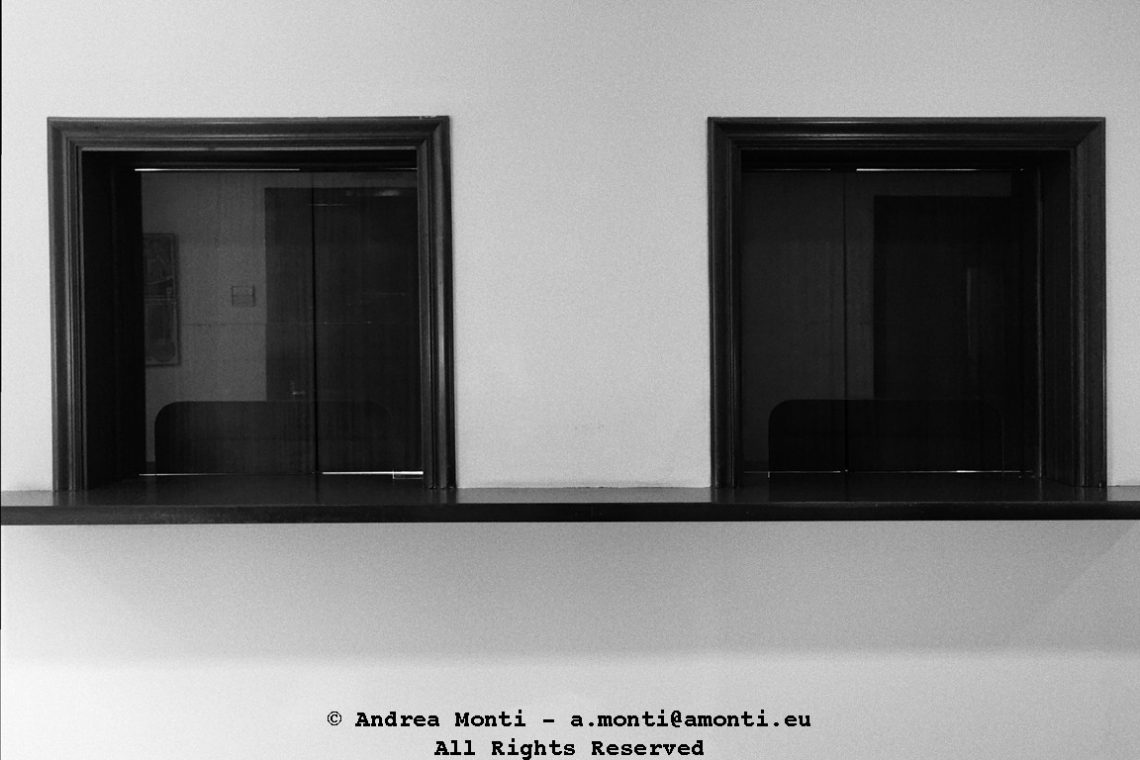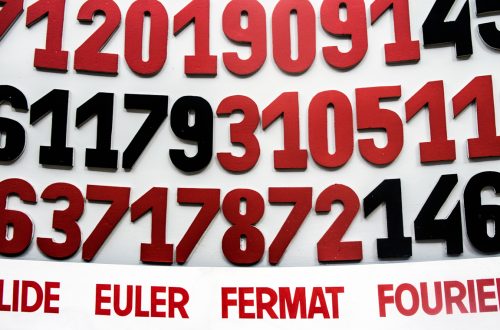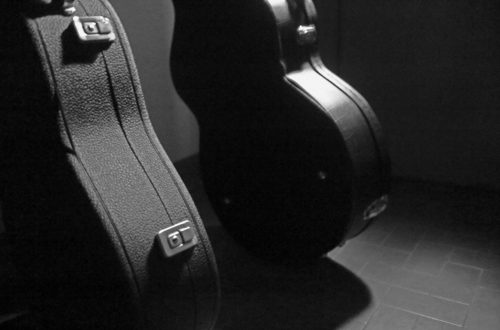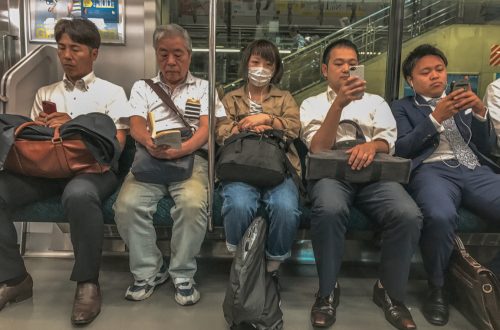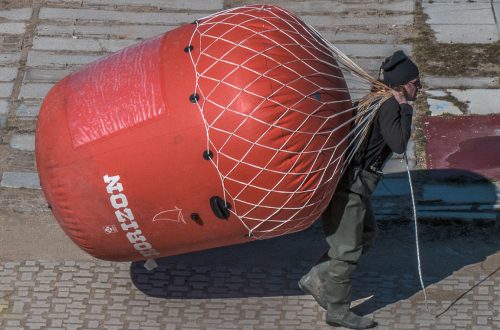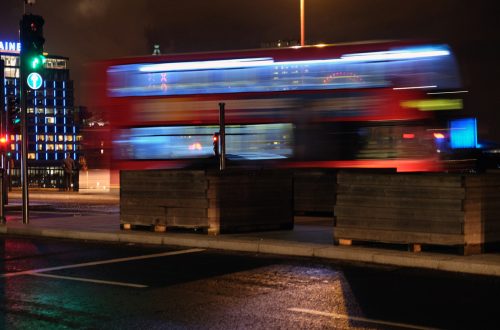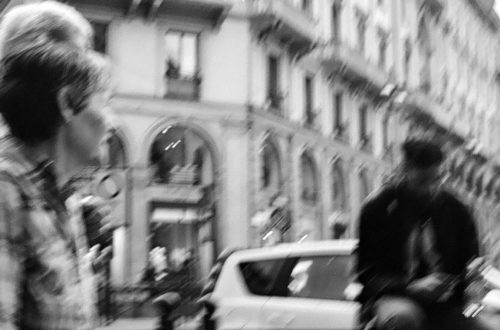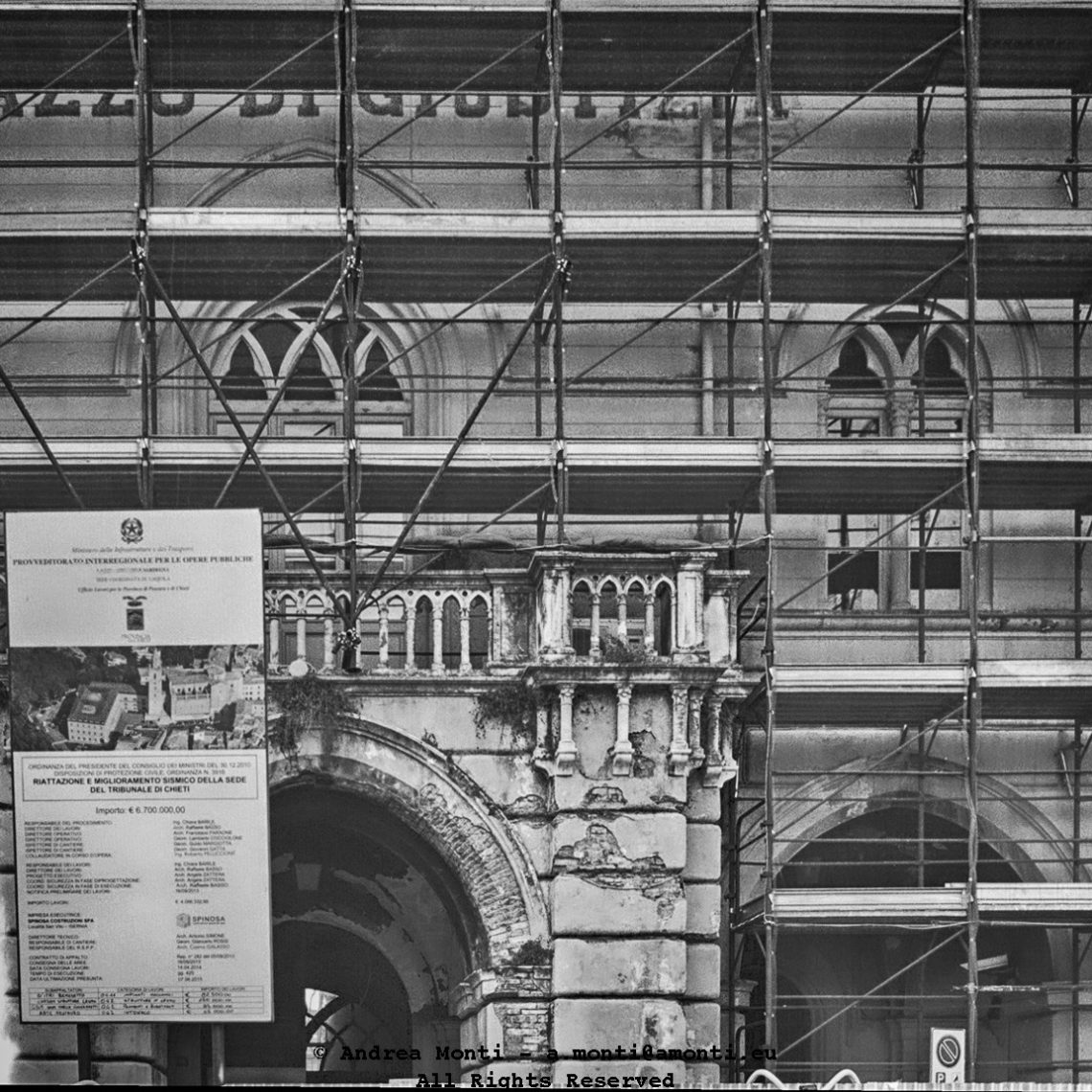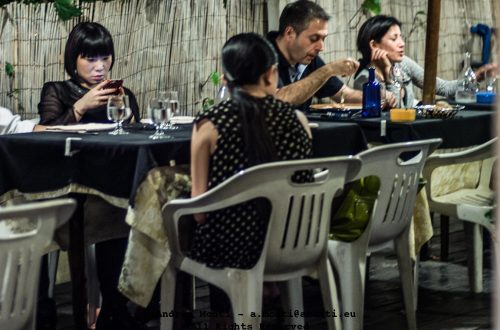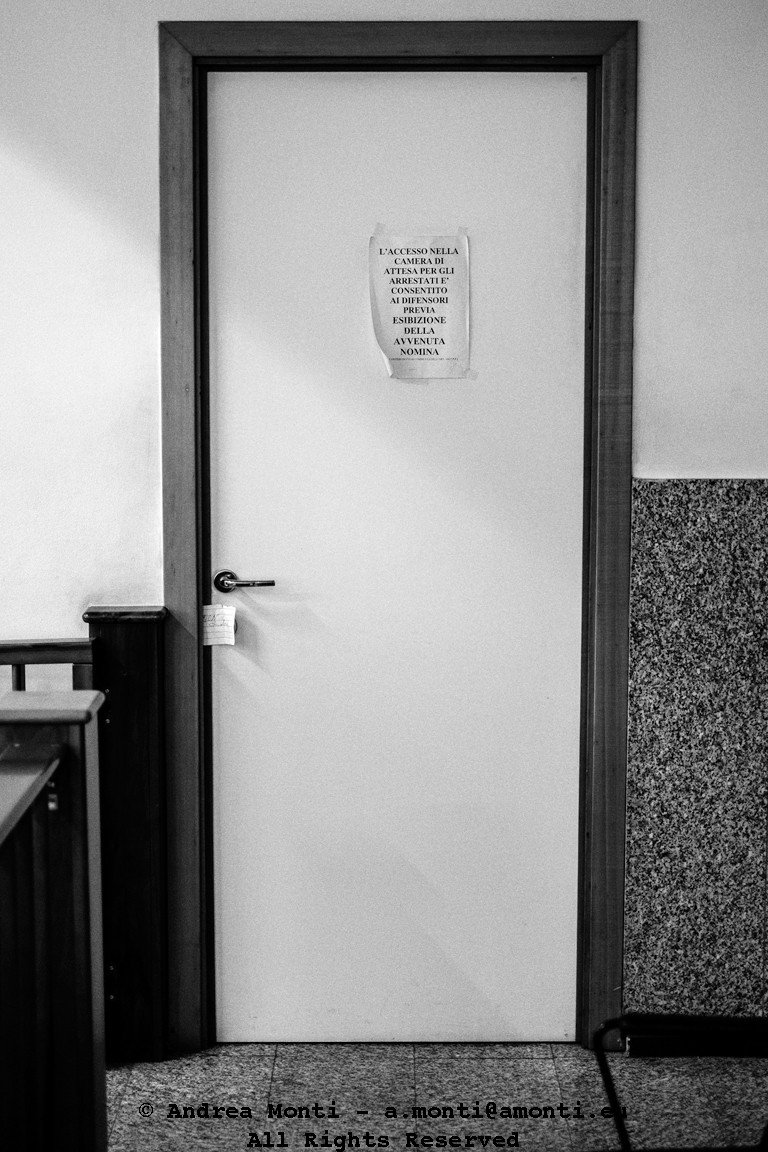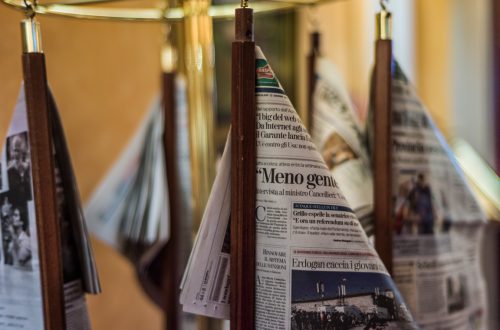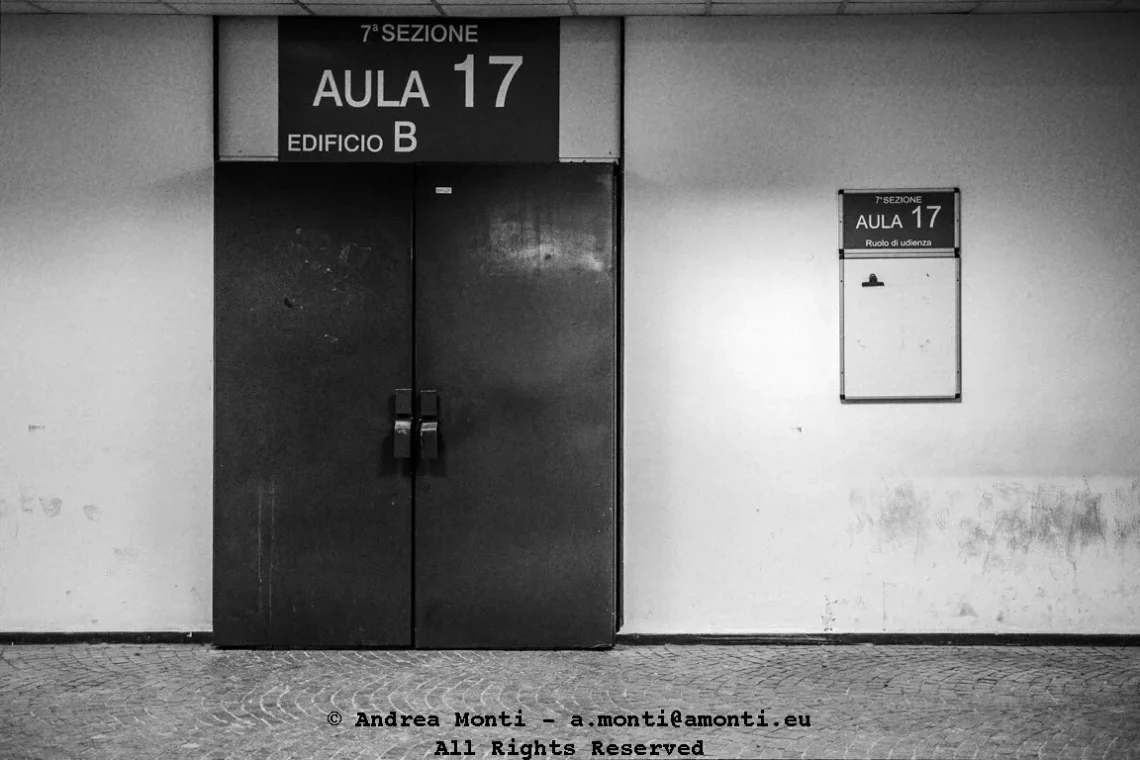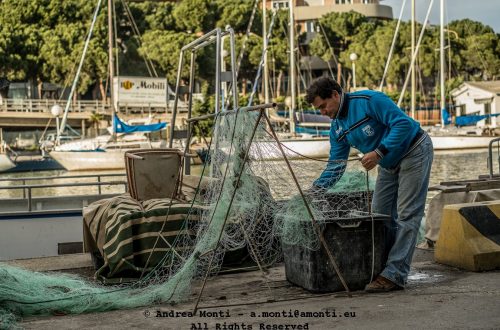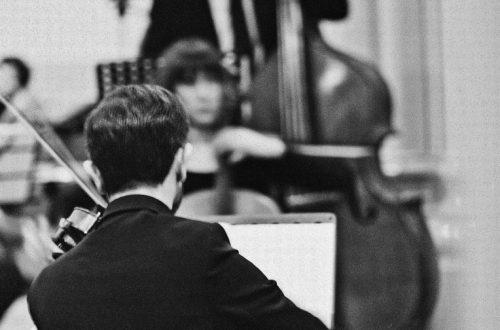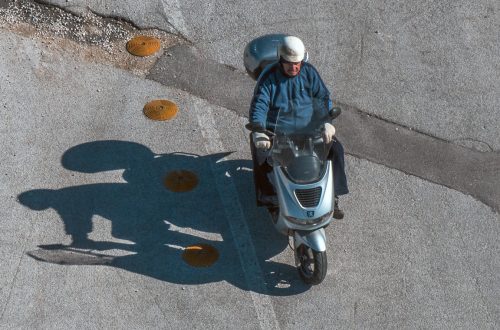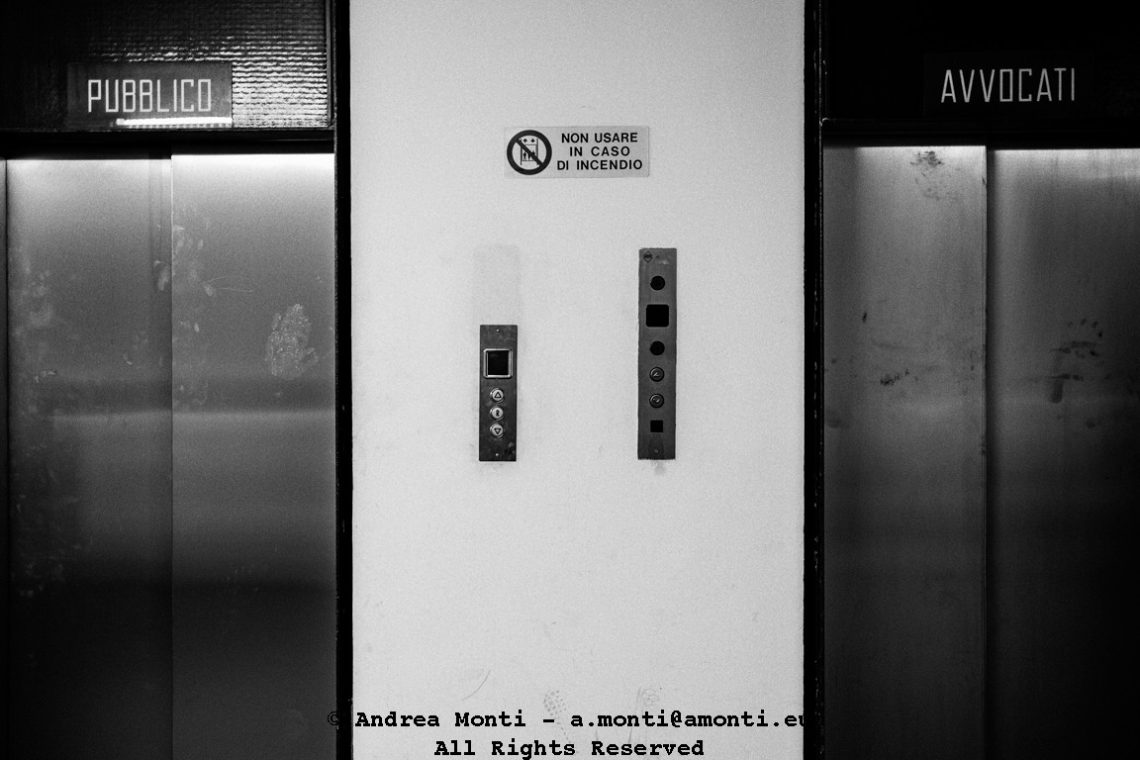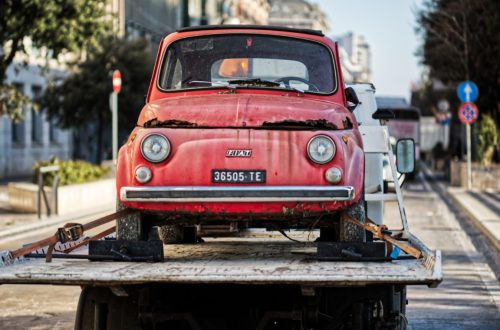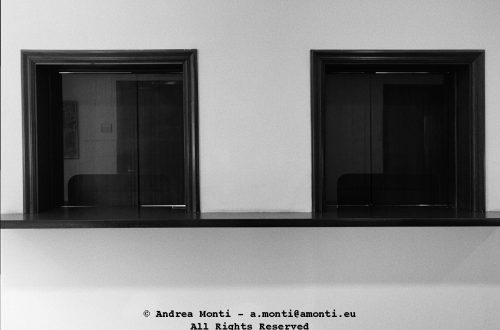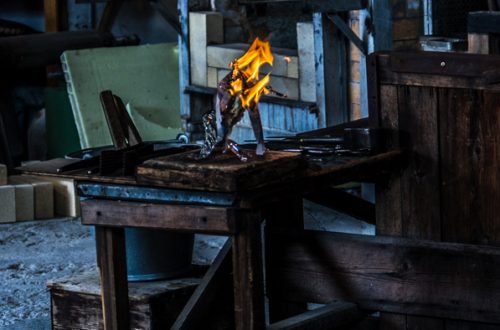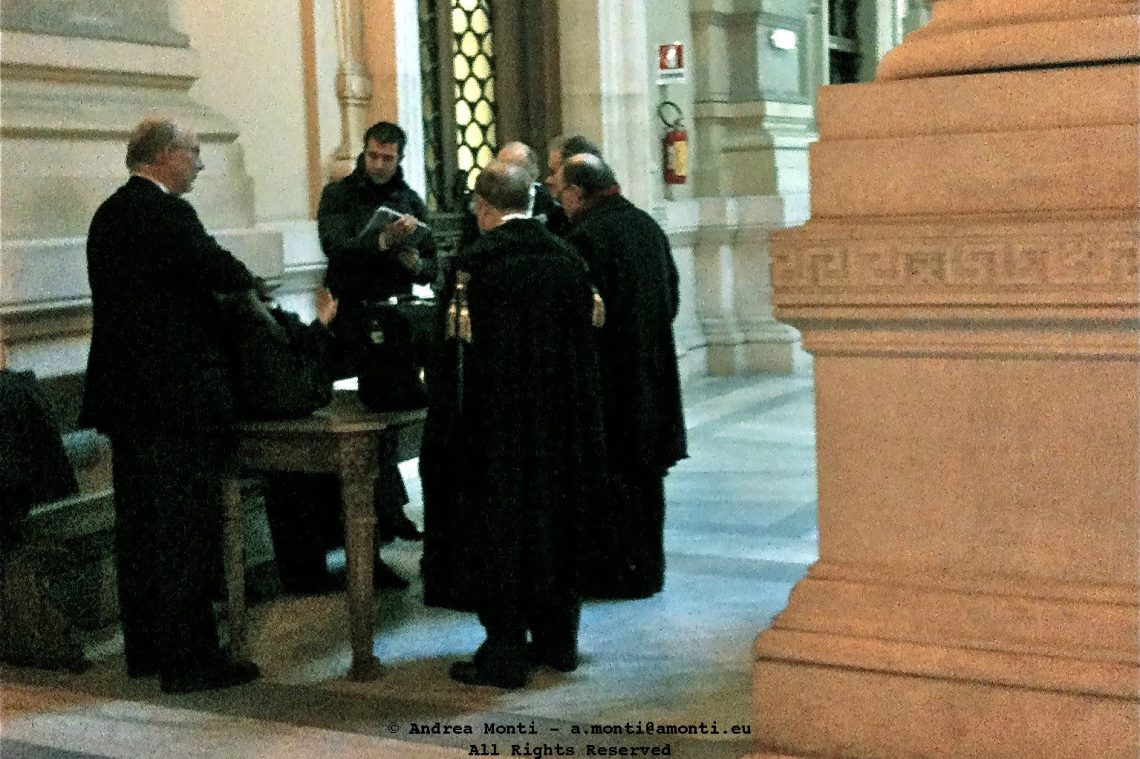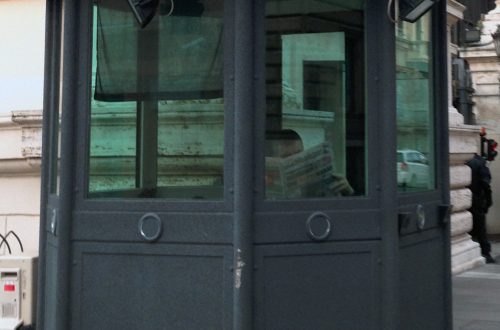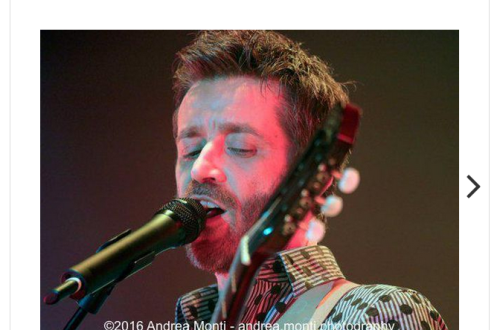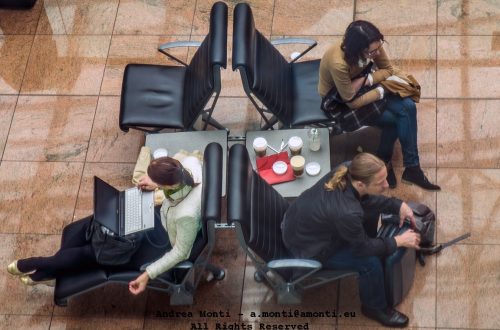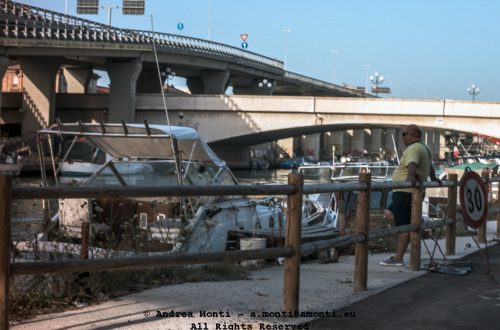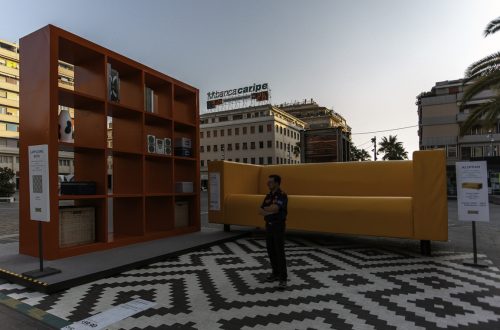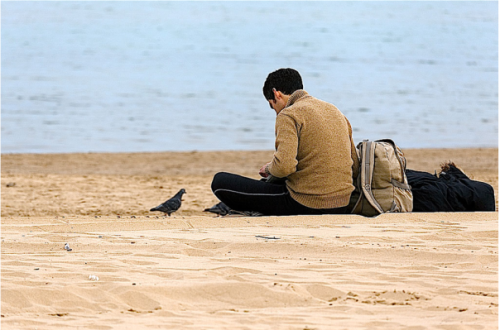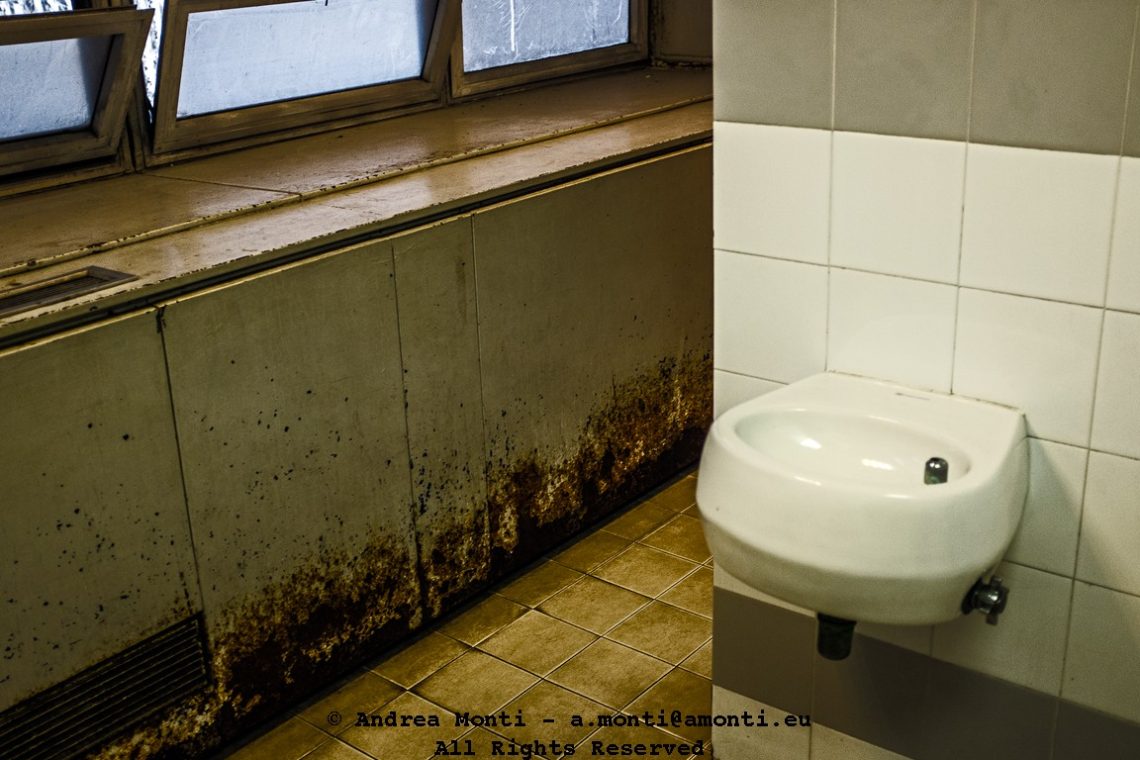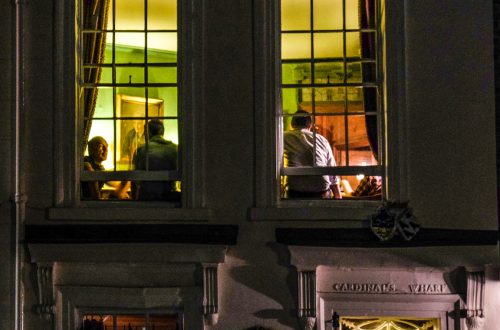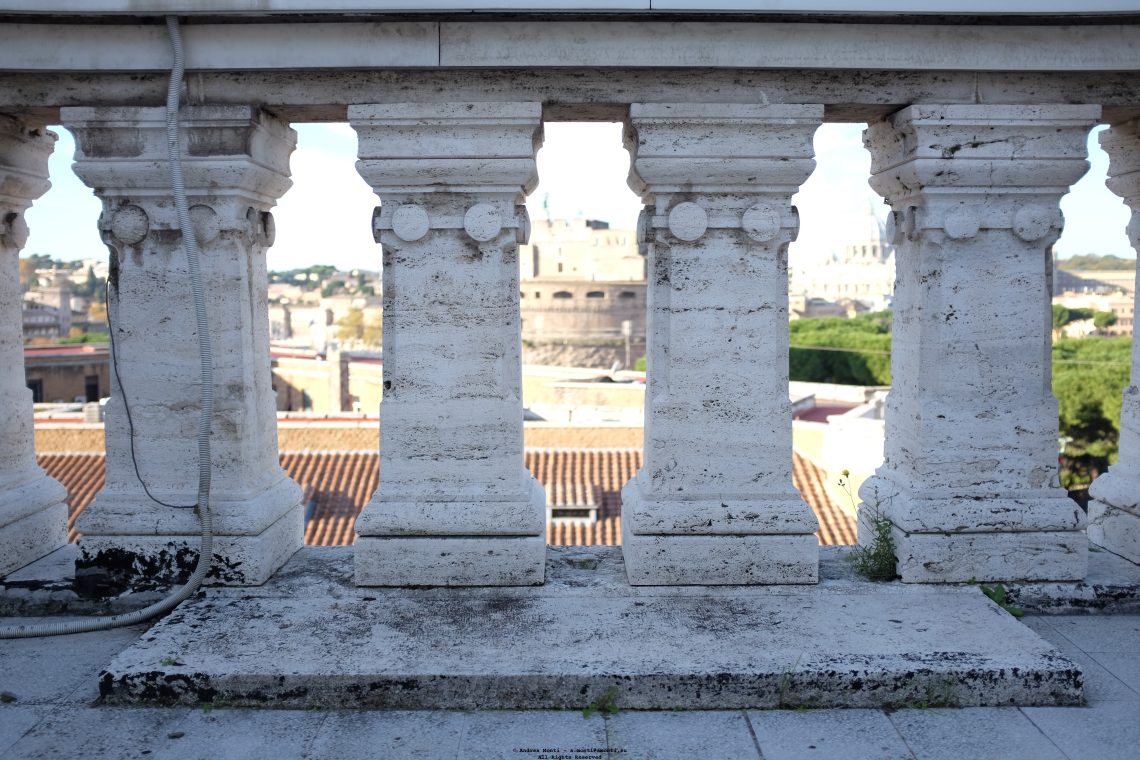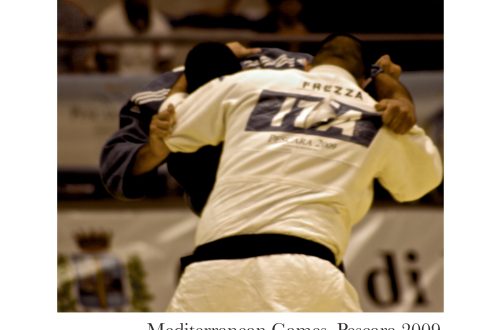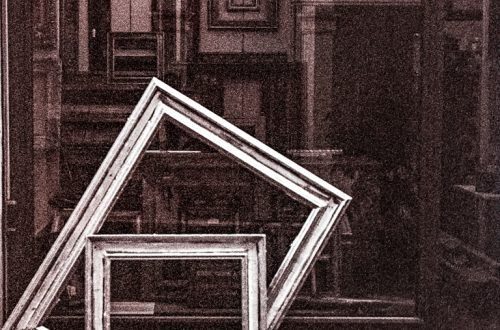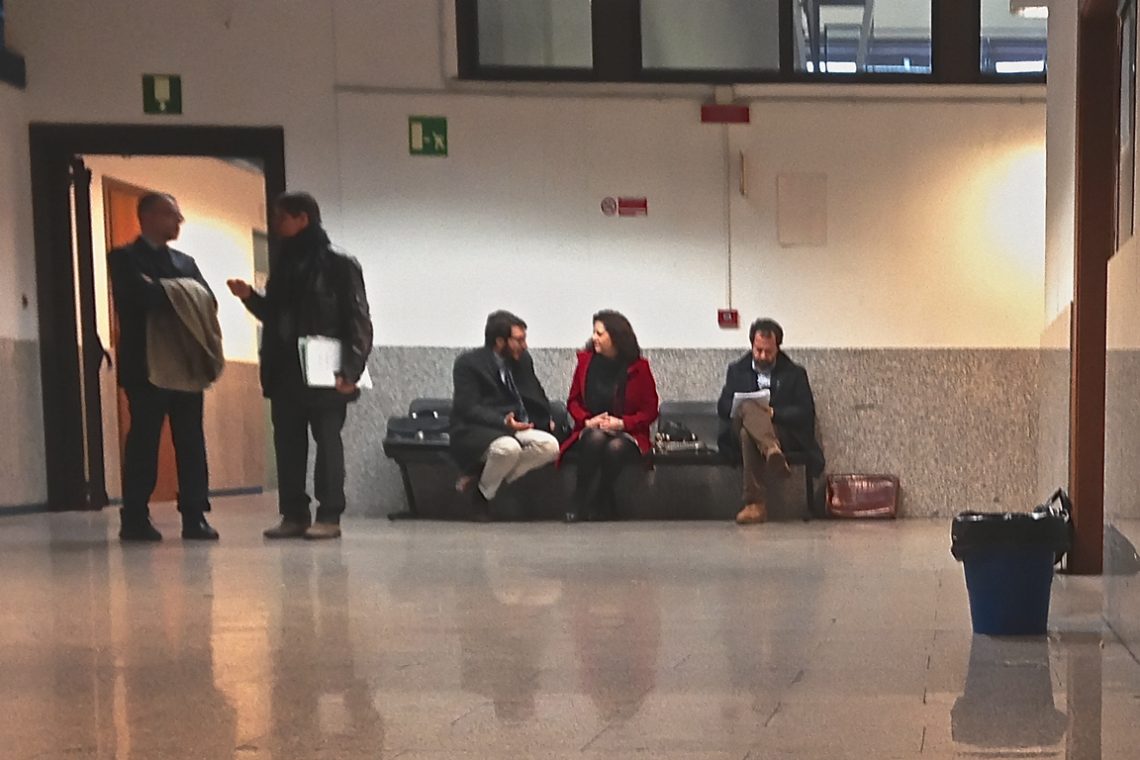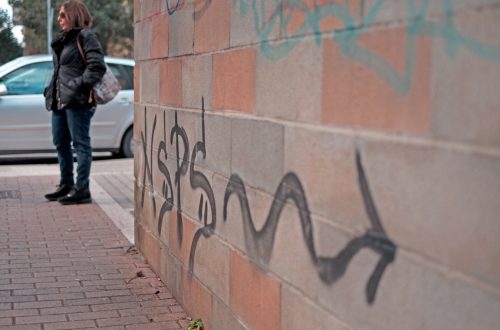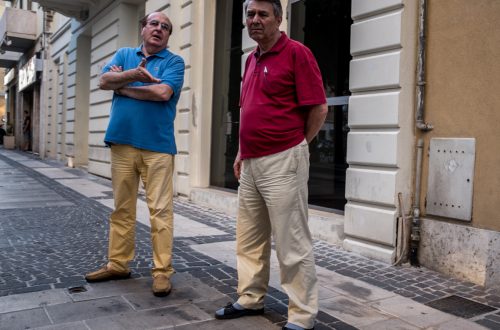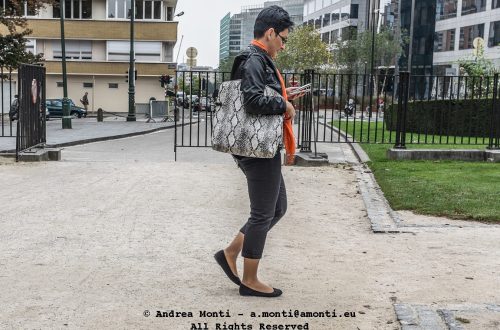-
Justice measured as the distance between Words and Facts
This photo, in itself, is nothing special. Bur it carries an implicit message about law and rights: the level of democracy in a country is measured by the distance between bold statements and the daily courtroom’s reality.
-
The Gate to the Appeal
Inside the Court of Appeals, a lobby serves more as a transition than a destination. The architecture is stripped of ornament—pure function, no decorative intent—yet the repeated octagonal frames create an unintended visual rhythm. Each opening leads to another, and then another, until the corridor seems to extend beyond its physical limits. What drew me to the scene was the quiet precision of these shapes. They’re not dramatic, but they impose order. The light at the far end, brighter and slightly softer than the interior illumination, acts as a vanishing point that pulls the viewer forward. It lends the space a faint sense of expectation, as though something awaits at…
-
The Temple of Justice
From an elevated perspective, the grand staircase of the Italian Court of Cassation descends in perfect symmetry. Framed by neoclassical columns and lit by reverent lamplight, this space does not merely lead—it ascends, conceptually, toward the divine. The title, The Temple of Justice, is not metaphorical hyperbole, but a statement of function and form. This is not a courthouse. It is a sanctuary. Justice, as the image suggests, is not a secular procedure. It is a liturgy. It unfolds with rituals, vestments, invocation of higher powers, and the solemnity of faith. The robes, the benches, the altars of the law—these mimic the language of churches. And the Court of Cassation, the…
-
Waiting for (Supreme) Justice
I took this while waiting, quietly, in Rome’s Corte di Cassazione—a place where silence isn’t just expected, it’s structural. Every arch, bench, and cornice feels designed to mute the outside world. What struck me wasn’t the grandeur (although the sculptural work is unapologetically ornate), but the emptiness. For all the architectural posturing, justice here is often a matter of waiting. The benches, scuffed and rigid, are the only human-scale elements in the frame. They sit below a frieze of muscular allegories and baroque pomp, a reminder of the institutional weight bearing down on the people beneath. The image is composed to reflect this—foreground arch framing the frieze, a horizontal band…
-
Ashtray
The scene was quiet, almost too still for such a monumental location. From the balcony of the Court of Cassation, Rome’s ornate facade stretched before me, its stonework carved with faces that have watched over decades of political and judicial tides. And yet, in the foreground, resting on a cracked, timeworn surface, sat a simple glass ashtray. The juxtaposition was almost absurd—this object of everyday habit placed against the backdrop of one of Italy’s most imposing institutions. Framing the shot, I wanted to preserve that contrast. The ashtray dominates the foreground, crisp in focus, while the grand entrance behind it softens into blur. This use of shallow depth of field…
-
The Relentless Lawyer
Standing in Court, no matter what! Some portraits are taken in the studio, with light sculpted and poses rehearsed. Others, like this one, are captured in the quiet fissures of reality—moments where the weight of a life’s work shows itself unprompted. The old lawyer’s face carries the texture of decades in courtrooms, each wrinkle etched by cross-examinations, verdicts, and long nights parsing the fine print of justice. His robe hangs loosely now, a little heavier than before, as though the fabric has absorbed the gravity of the battles fought. The light, cool and unforgiving, falls across his profile, illuminating both the weariness and the fire that coexist in his expression.…
-
Avvocati. A New Book
I’ve just finished the project I’ve been working in the past months. Lawyers’ human and private face.
-
Which Part of “No Smoking” Got You Lost?
In the waiting hall of the local court, the walls speak louder than the people. Four separate notices, two of them screaming Vietato Fumare in different typographic voices, one barking about mobile phones, and another swathed in the formal tone of bureaucracy. It’s not so much signage as it is a visual overkill — a redundancy parade that says as much about the environment as it does about the rules themselves. I framed this shot to exaggerate the emptiness around the signs. The expanse of bare white wall creates an almost comical isolation, leaving the text to float in their own authoritative bubbles. The placement isn’t random — I kept…
-
And Justice For All
This shot came together in complete silence — the kind of silence that only certain institutional buildings can generate. The kind made of marble, fluorescent light, and tension. I didn’t stage a thing; the geometry was already waiting for me. One man in the foreground, half-shielded by a paper, lines converging to a trio sitting far in the distance — it all felt like a scene rehearsed for a stage I just happened to walk onto. Compositionally, this image relies heavily on symmetry and recession. The central aisle, vanishing neatly into the background, draws the eye from the bold human presence up front to the barely-noticed figures in the rear…
-
Trial Docks Waiting for the Justice to Come
-
Final Arrangements Before the Hearing
-
Outside the Courthall
-
Too Late
-
Behind the Glass
-
Justice Under Construction
-
Arrested Behind the Door
Photographing in the criminal court of Rome is a peculiar experience — the air is thick with bureaucracy and human tension, yet most of it plays out behind closed doors. In this frame, the door is both a literal and symbolic barrier: clean, almost featureless, save for the taped sheet of paper outlining the rules of entry. It is stark in its message: access to the waiting room for the arrested is only permitted to lawyers, and only upon proof of formal appointment. Everything else — the people, their stories, their anxiety — remains hidden. From a compositional standpoint, I kept the framing tight and frontal. The geometry of the…
-
Room 17 – VIXI
The steel doors of Aula 17 stand closed, expressionless. Matte black, scratched, impassive. Above them, a bureaucratic sign: 7ᵃ Sezione, Edificio B. On the right, a board once meant to list names and hearings is now empty—washed clean by time or intention. Seventeen is an unlucky number in Italy. Rearranged, the Roman numerals XVII form VIXI—”I have lived”, an epitaph. And so, Room 17 becomes more than a courtroom. It becomes a threshold. A place where the living confront endings. The end of freedom. The end of illusions. Sometimes, the end of justice itself. The symmetry of the composition tightens the tension. Every element is locked in place. Nothing moves, and nothing is random.…
-
Legal Apartheid
Two elevators, side by side, divided not by function but by status. On the left, a small sign reads Pubblico. On the right, Avvocati. Between them, a strip of blank wall holds the call buttons and a standard notice: Non usare in caso di incendio. The symmetry is perfect, the contrast sharper for it. In the Court of Rome, this arrangement makes practical sense. Lawyers must move quickly between hearings; delays can derail the fragile timetable of justice. Efficiency demands a separate lift. And yet, looking at it here—reduced to a flat, black-and-white composition—the logic fades, and something else emerges. The brushed steel doors are marked with smudges and fingerprints, traces of the…
-
The Street Photographer Rights In Italy. The Leaflet
Here is an easy-to-carry A4 leaflet to be used in case you are confronted by a law enforcement agent of officer that question your Street Photography activity. Legal issues apart, please remember to always be polite and to help the officer not to look goofy or ignorant (as he actually would) in front of the public. Q. Does taking people’s photography in public spaces infringes sec. 615 bis of the criminal code? A. NO. Under the Corte di cassazione ruling n. 47165/2010 outdoor there is no reasonable privacy expectation, as there is no reasonable privacy expectation in case of tacit – while non equivocal – withdrawal of this right, as…
-
Out For Justice
-
A Toilet of the Court of Rome
This image wasn’t taken to shock, or to moralise. It was taken to document—to observe the banal degradation of a public space that ought to represent dignity, order, and functionality. The Court of Rome is not some anonymous bureaucratic annex. It’s an institution, a symbol of authority. And this—this corner of neglect, dirt, and rust—is part of its daily mise en scène. The frame is unadorned. The composition is split by a hard vertical: clean white tiles with a wall-mounted sink on the right, and a long, filth-streaked heating unit under sealed windows on the left. It’s the juxtaposition that struck me—two realities in the same room. One part designed…
-
St. Peter in Background
St. Peter and Castel S. Angelo as seen from the fourth floor of the Corte di cassazione (Italian Supreme Court.)
-
Waiting for the Justice to Arrive
In this hallway of the Tribunale Penale di Roma, time seems suspended. Lawyers sit or stand, briefcases at their feet, bundles of files in hand. Some engage in hushed conversation, others review notes with ritualistic precision. A woman in red draws the eye—a rare burst of colour in an otherwise subdued palette of solemnity. The title, Waiting for the Justice to Arrive, operates on two planes. On the surface, it is procedural. The court has not yet opened its doors; the judge is late, the hearing is postponed. These legal professionals must simply wait—idle, static, alert. Justice, here, is both person and principle: the judge must enter the courtroom for proceedings…
